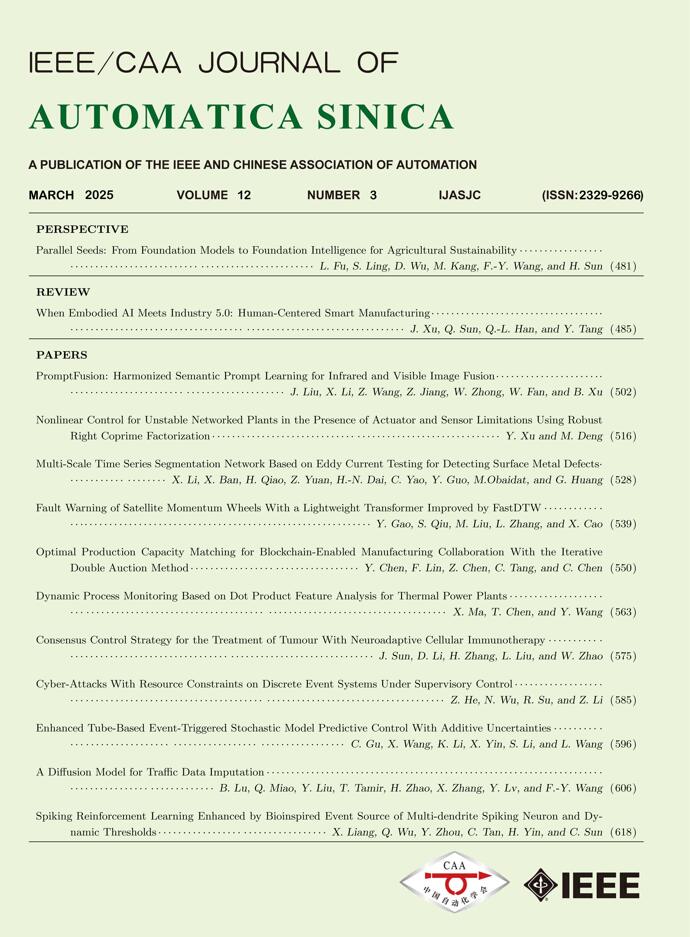It is more complicated than copy and paste, but digital twins could be way of future manufacturing according to researchers from the University of Kentucky. They developed a virtual environment based on human-robot interactions that can mirror the physical set up of a welder and their project. Called a digital twin, the prototype has implications for evolving manufacturing systems and training novice welders.
Paper Information
Q. Y. Wang, W. H. Jiao, P. Wang, and Y. M. Zhang, “Digital twin for human-robot interactive welding and welder behavior analysis,” IEEE/CAA J. Autom. Sinica, vol. 8, no. 2, pp. 334–343, Feb. 2021.
https://www.ieee-jas.net/en/article/doi/10.1109/JAS.2020.1003518
“This human-robot interaction working style helps to enhance the human users’ operational productivity and comfort; while data-driven welder behavior analysis benefits further novice welder training,” said paper author YuMing Zhang, James R. Boyd Professor in electrical engineering at the University of Kentucky.
The researchers had a human demonstrate welder operations using a manual welding torch and a motion tracker. Their movements are transmitted to a machine that is actually welding. Sensors in the physical welding environment feedback data to the human. The physical environment, and incoming data, is accessible via an augmented virtual reality in which the human can make adjustments accordingly.
“In current developed digital twins, humans are the observers of the physical systems —information flow is one way,” Zhang said. “For processes where intelligence from humans is needed, like precise welding, human-robot interaction needs to be integrated with the digital twins such that the humans’ operative ability can be enhanced and the roles they play transmit from observers to dominators.”
The researchers also tracked the behavior of six welders with different experience levels in the digital twin system. All welders were able to complete the same welding task, to varying levels of satisfaction. Analysis revealed the distinct patterns in the skilled and unskilled welders’ operating behaviors and, ultimately, their work.
“The successful pattern recognition in skilled welder operations should help accelerate novice welder training,” Zhang said.
The digital twin environment could, for example, provide a safe space for novice welders to practice techniques without the risk of dangerous or costly damages, as the system could be trained to recognize potentially harmful patterns and shut down.
“In future work, we plan to investigate efficient novice welder training based on this developed human-robot interactive welding with the recognized patterns from skilled welders and also upgrade the system to support multi-robot collaboration such that some more complex welding operations can be completed by this system,” Zhang said. “As such, the system applicability can be increased greatly.”















 E-mail Alert
E-mail Alert


